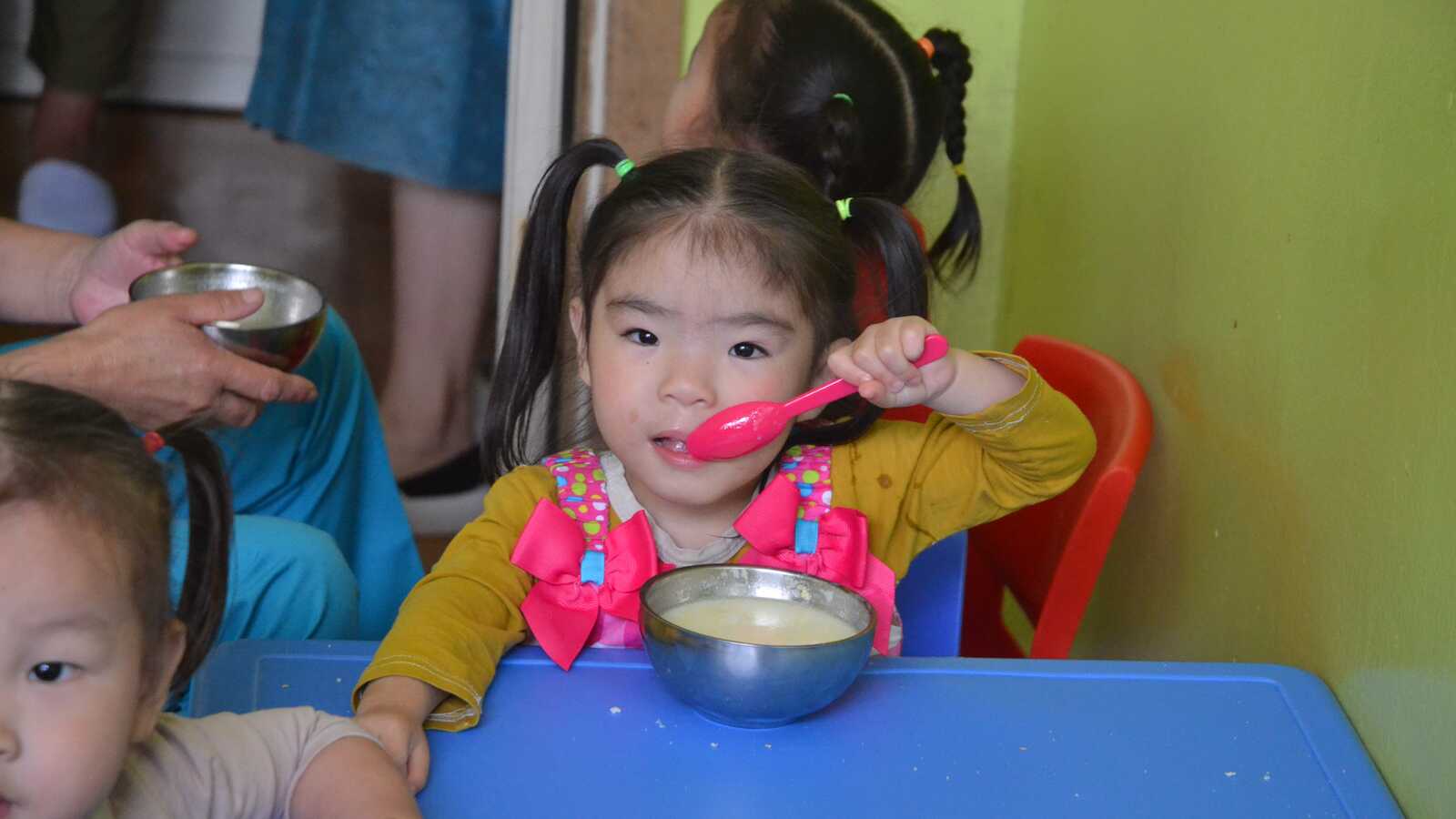When our adoption team visited a care center in Colombia, they found a message scrawled on a whiteboard that was equal parts heartwarming and heartbreaking — from an older boy asking them to find him a family. Older kids are often overlooked by prospective adoptive parents, but they desperately need and deserve families of their own.
On a recent trip to Colombia, our adoption team walked through our partner orphanage, meeting the children who lived there. They met the orphanage director, saw the impressive facility and programming, and met many children who are waiting to be adopted.
After a pickup game of soccer and basketball with some of the kids, next on the agenda was a meeting in one of the conference rooms. Our team walked in, and everyone’s eyes went straight to the whiteboard.
Like a word puzzle, spelled in phonetic English, was a note that a child had written there:

Hello my name is Max I am 15 years old. I like to play. Basketball is [my] favorite sport. I like rice and eggs. I like drawing and painting. My dream is to have a family that loves me and be good [to] me. Bye
This child, Max, knew Holt would be in that conference room, and would see his message. And he took the chance to personally tell them how much he wanted to have a family…
Why Older Kids Need to Be Adopted
The older a child is, the less likely they are to be adopted because fewer families pursue older child adoption,” says Marissa Robello, Holt’s director of adoption for Colombia, “And the children are aware of this reality.” While she now works primarily with Holt’s Colombia program, Marissa is a licensed social worker and has counseled countless families and older children through the process of international adoption over the past 20 years.
When it comes to adoption, older children are some of the most overlooked. Again and again, when prospective adoptive parents first call us, they say they are interested in as young a child as possible.
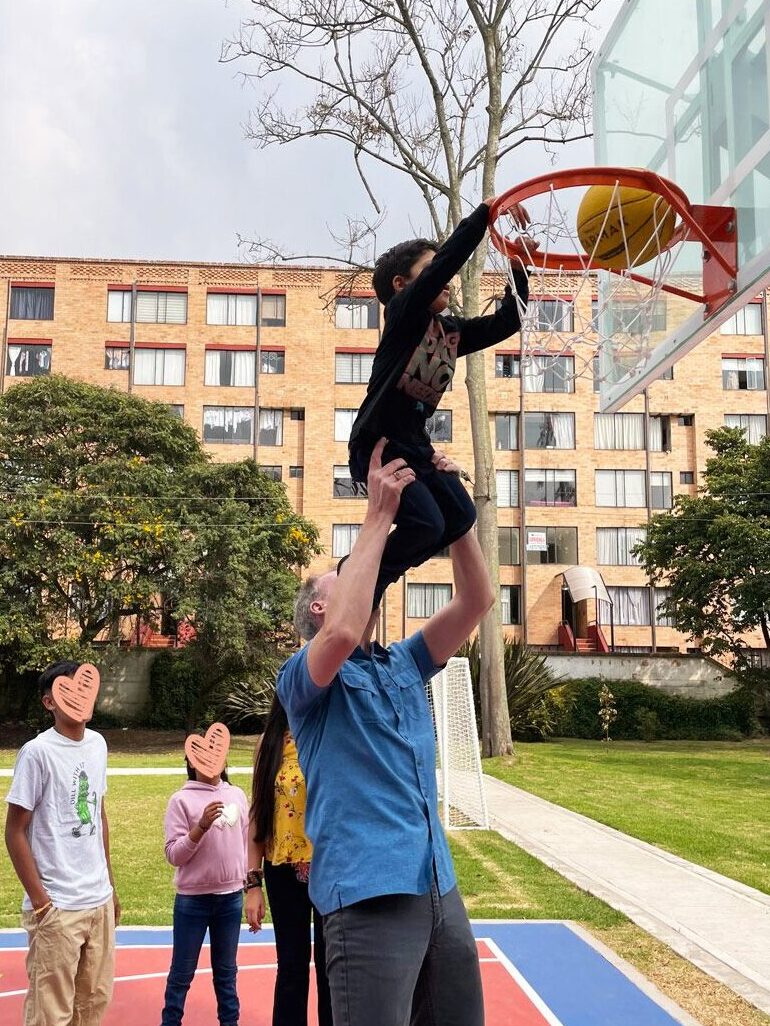
And it makes sense. The younger a child is, the less trauma they’ve endured, the easier bonding may be for them and their family, the more “firsts” a family will experience, and the more time the child will have to live and grow up in their home.
But the reality of international adoption has changed. While it used to be common for children under 2 years old, and even infants, to be eligible for international adoption, this is no longer the case. And this is partly a good thing.
Why More Older Kids Are Waiting
Today, every effort is first put into reunifying a child with their birth family. If that’s not possible, we seek to find them a family through domestic adoption in their country and culture of birth. International adoption is the third, and last, option for a child to have a family. Additionally, the international adoption process is longer today than it’s ever been, often due to regulations in both the sending and receiving countries to help ensure that the family and child are the best match possible, and that the process remains ethical and child-centered, per the Hague convention.
While many of these changes are good, what this can mean is that the children eligible for international adoption today are older. While the definition of “older” varies between country programs, this typically means a child older than 6, and especially children older than 10. Because people are less likely to adopt these older children, they wait — often growing up the majority, or entirety, of their years in an orphanage.
“No child welfare program, no matter where you live or how comprehensive the services are, can fill the void of a loving family,” Marissa says.
While the transition can be difficult for an older child, leaving their country, caregivers, friends and more — many decide that they want to have a family. That they want to be adopted. And the child gets to decide this for themselves.
The Child Has a Say
The age of consent for a child to decide whether or not they want to be adopted internationally varies from country to country — though it’s typically age 8 and above. Younger children have consent as well, to the extent possible based on their age, but it is more heavily informed by the adults in charge of their care.
This process — of a child determining whether or not they want to be adopted internationally — involves intensive discussions between children and their caregivers and therapists. Before making a decision, the child also receives a realistic depiction of what life in a family and in the U.S. is like.
“Children can and do change their mind,” Marissa says, “and that decision is respected.” But most often, even despite the transition that lies ahead of them, older children express again and again their desire to have a family.
They want parents and siblings and a dog. They want their own room or a bicycle or someone to teach them to drive. They want to go to the zoo with their family, have someone to help with their homework and celebrate when they score a goal in their soccer game. Most of all, they want to be loved, and to love in return. To be a part of a family — to have loving parents to support them for life.
“I think most people would agree that it takes at least 20-30 years for most of us to truly achieve independence and security,” Marissa says. “All children deserve to have a sense of security, a home and family to rely on, and opportunities for education, healing and meaningful life experiences.”
This is why, up until the last months and days that a child is eligible for international adoption, Holt is committed to helping them to find a family.
Adopting an Older Child
As families begin to consider adopting an older child, lots of questions ensue. When adopting a toddler, the questions surround potty training, sleep schedules and whether to send them to preschool. With an older child, the questions and the preparation are simply different.
“If you have parented an older child, you know that a teenager needs you just as much as a 6-year-old does, but it looks and feels different in many ways,” Marissa says. “The way you connect and build trust with an older child takes intentionality and strategy on the part of the parent. You will likely need the support of your ‘village’ of mentors, therapists, educators and adoptees. But older children also have a greater capacity to learn, connect thoughts to behaviors, reflect and develop insight.”
“If you have parented an older child, you know that a teenager needs you just as much as a 6-year-old does, but it looks and feels different in many ways.”
As Holt speaks with prospective adoptive families, certain characteristics stand out in families that are the best fit for older children. These are often experienced parents who have a healthy balance of structure and nurture, patience and stability; parents who have confidence and insight from their own life challenges; have secure attachment styles; are willing to utilize professional resources; and are committed to maintaining their child’s birth culture, language and identity, and honor their birth family and history.
Official parent eligibility is determined by each individual country program, although depending on the family, child, country and circumstance, there can be more flexibility in the process of older child adoption.
There are older children waiting for families in each of Holt’s 11 adoption programs. Although the programs that currently have the most older children waiting and eligible are the Philippines, Thailand, Bulgaria and Colombia — where Max is living.
Max and His Siblings
Max, who wrote the note on the whiteboard in Colombia, is not only an older child, but he also has four younger siblings! While there are many single older children in need of families, many older children are also part of sibling sets, which can include children considered ”young” in international adoption. Holt is currently seeking to unite Max and all of his siblings together with a loving, adoptive family.

In his waiting child profile shared with families, Max is described as “a friendly child with a lot of personality and charisma.” He is respectful and well-liked by the children and caregivers in his home. He willingly accepts hugs. He is friendly, self-confident, kind, sincere, persevering, calm and focused.
Max needs a family, and would thrive with their loving attention and care.
His other siblings are 14-year-old Yona, who is sweet, social and hopes to have several pets when she is adopted. Nine-year-old Caty is resilient and courageous, playful and outgoing. Amy is 8 years old and described as tender and empathetic, and she loves to give hugs and kisses. Six-year-old Edwin is happy and curious, and loves reading and inventing stories.
Max and his siblings are so needing and deserving of a family of their own.
But they are among many older children and sibling sets who are waiting, hoping to be adopted…
Hundreds of Older Children are Waiting for Families
On Holt’s waiting child photolisting, you can learn about the hundreds of older children who are waiting for families.
There’s Prim and Perri, adorable 11-year-old twins in Thailand who say they would love to be adopted together. Cali is 12 years old and lives in Southeast Asia. She loves singing, dancing, playing instruments and basketball. Fourteen-year-old Henry lives in Hong Kong, and caregivers express their amazement at his warm attachment and willingness to help others. Ten-year-old Cairo in South Africa is caring and attentive, and loves playing Legos.

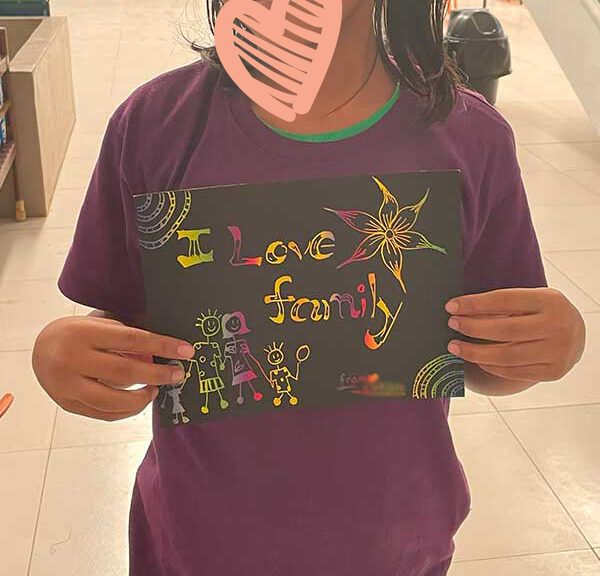

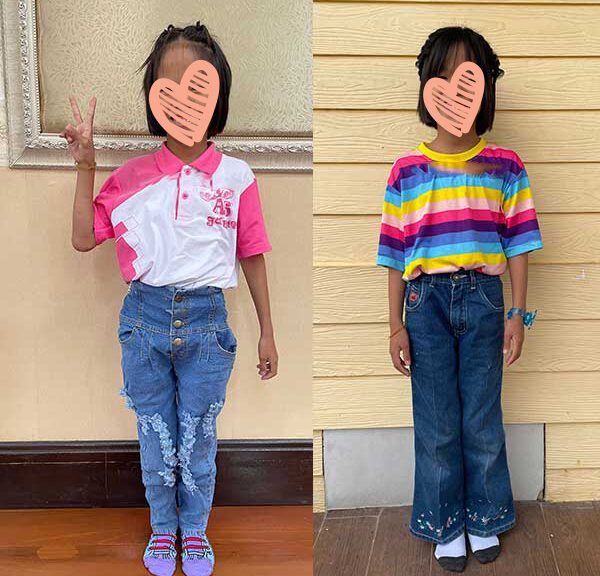
For any family considering adoption, we urge you, don’t write off the older kids. Because for many families, they are the perfect fit.
“The trust and resilience these children manage to develop after having been through so much uncertainty, loss and hurt is truly incredible,” Marissa says. And then to see them thrive in the care of their loving family? That’s the best part. “To see children build confidence in themselves and enjoy the childhood experienced they missed having at a young age… It touches my heart.”
Older children simply need to be given the chance.
The ending of Max’s letter perfectly, simply sums up what any older waiting child might say: “My dream is to have a family that loves me and be good [to] me.”
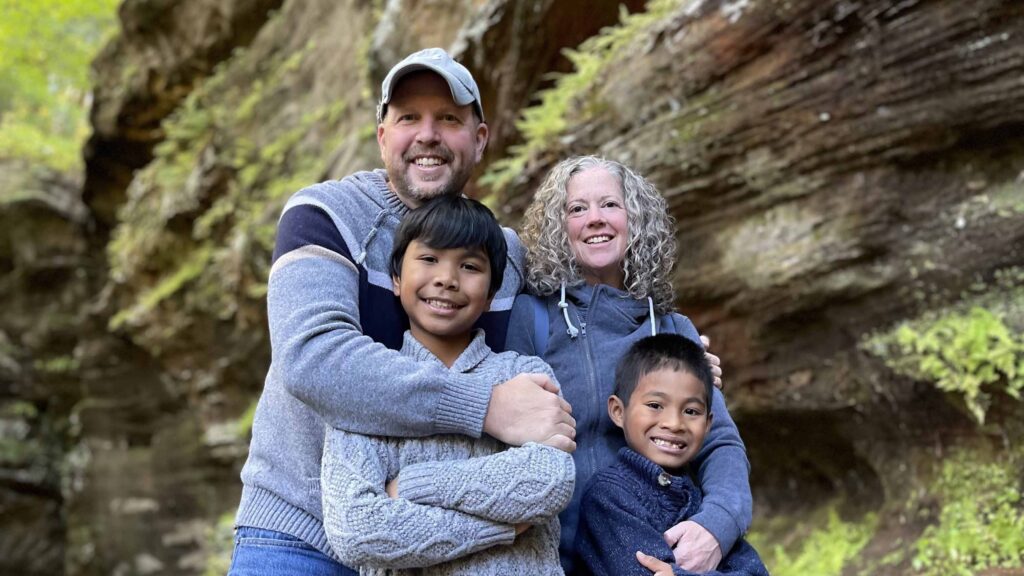
Older children are waiting for families!
Many children wait longer for a family simply because they are older in age. Could you be the right family to adopt an older child? Meet some of the children who are waiting!

